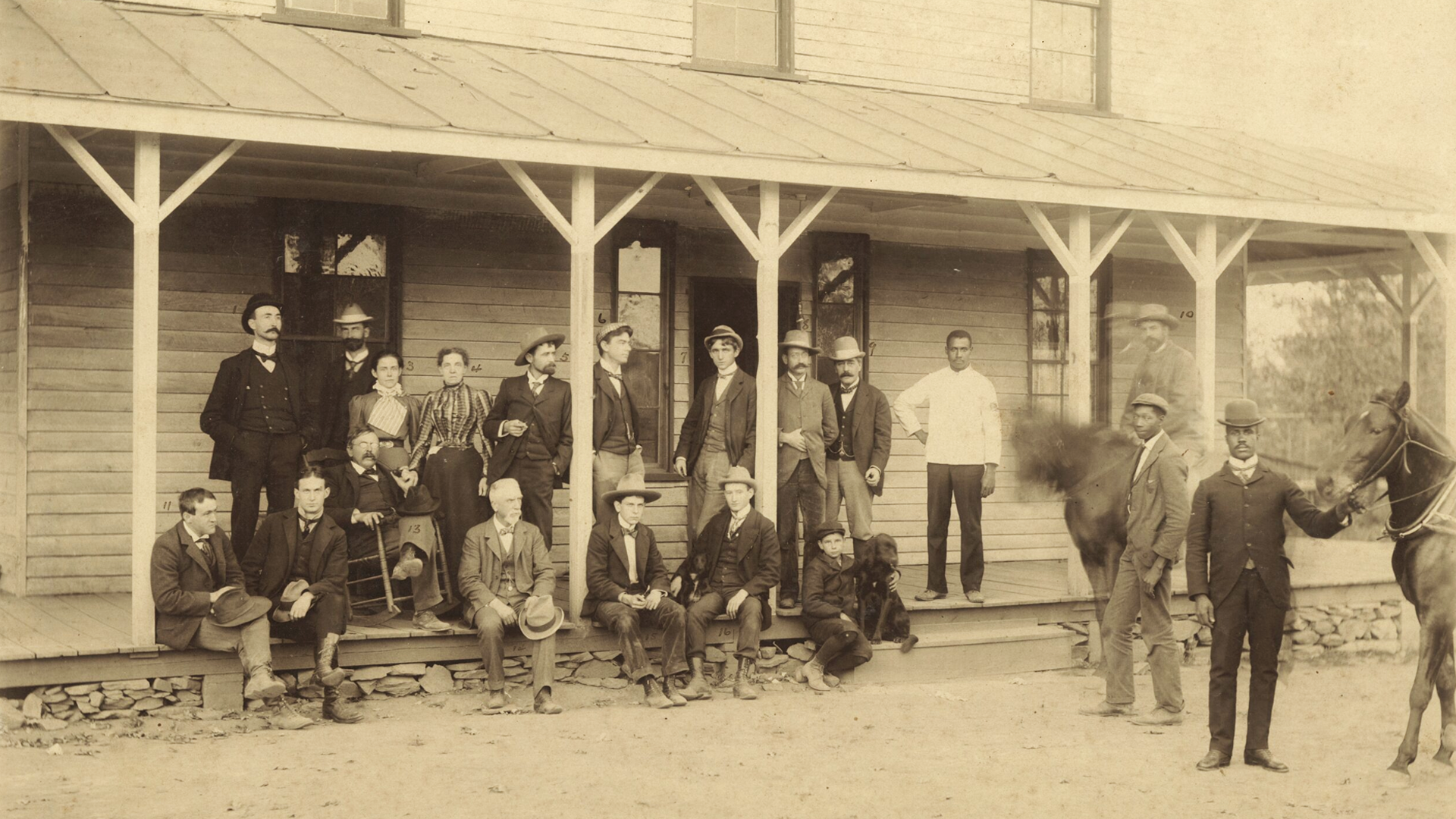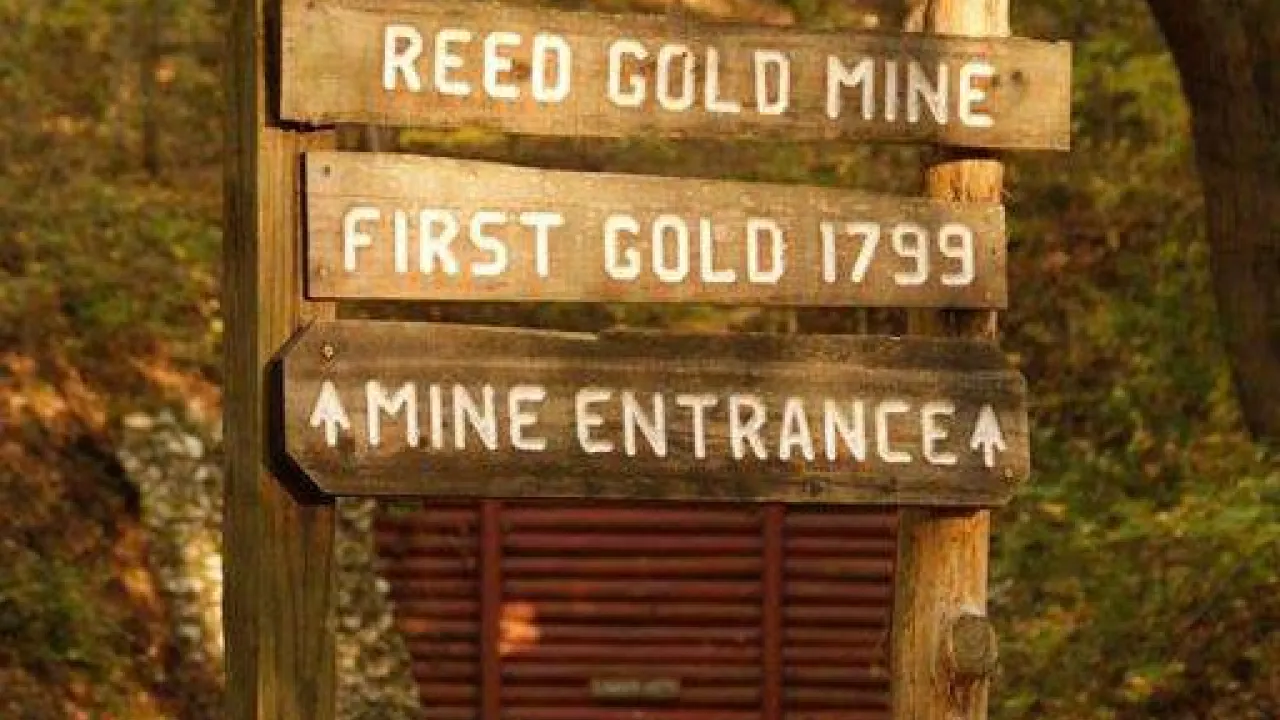Reed Gold Mine: The First American Gold Rush

The first gold rush in U.S. history began not in California, but in North Carolina.
The Dive
In the late 18th century, John Reed (originally Johannes Reith), a Hessian soldier who had deserted the British Army, settled in rural Cabarrus County, North Carolina. Like many in the Piedmont, Reed farmed modest crops such as corn and wheat, living a quiet life until a chance discovery changed everything.
In 1799, Reed’s 12-year-old son, Conrad, found a large, yellow, wedge-shaped rock while fishing in Little Meadow Creek. For three years, the family used it as a doorstop, unaware it was a 17-pound gold nugget. When a Fayetteville jeweler finally identified it as gold in 1802, he bought it for just $3.50, about one-tenth of one percent of its true value.
Recognizing the potential, Reed partnered with three local men in 1803, pooling land, equipment, and enslaved labor to mine gold in the creek during the farming off-season. That year, an enslaved boy named Peter discovered a massive 28-pound nugget, the largest ever found east of the Mississippi River.
The early mining was 'placer' mining—panning and digging gold from creek beds. By 1825, miners discovered gold embedded in white quartz rock, leading to 'lode' or underground mining, which required heavy equipment, investment, and more labor. Reed Gold Mine became a regional hub, attracting skilled Cornish miners from England and employing many locals and enslaved African Americans.
North Carolina’s gold boom spread beyond Cabarrus County, and for decades the state led the nation in gold production, with gold mining second only to farming in employment. At its peak, over one million dollars’ worth of gold was recovered annually, much of it minted into coins at the U.S. Mint branch in Charlotte.
The mine’s history was marked by drama and misfortune: family disputes that halted production for a decade, legal battles over ownership, failed investments in deep-shaft mining, and even a notorious murder on the property. By the early 20th century, the mine was abandoned, used as a private hunting retreat, and later preserved as a state historic site.
Why It Matters
Reed Gold Mine’s legacy is a story of chance, ambition, exploitation, and transformation. The mine transformed the North Carolina Piedmont from a quiet agricultural region into the center of America’s first gold rush. It demonstrates how a single discovery can reshape local economies, attract global migration, and alter labor systems. The story also shows how wealth in early America was often built on both chance and exploitation.
?
Why did it take three years for the Reeds to discover the true value of Conrad’s nugget?
How did the use of enslaved labor shape the growth of gold mining in North Carolina?
What were the similarities and differences between the North Carolina and California gold rushes?
How did gold mining affect North Carolina’s economy and population in the early 1800s?
What role did technological changes play in moving from placer to lode mining?
Dig Deeper
Did you know that gold was first discovered in the United States in North Carolina? Learn about the Reed Gold Mine and its impact on the state's economy.
Related

Halifax Resolves and the Road to Revolution
How North Carolina went from protest to the first official call for full independence from Britain.

The Cape Fear & Waccamaw Siouan: Indigenous History of Southeast North Carolina
Long before the first European ships arrived at the Carolina coast, the Cape Fear River and Lake Waccamaw were home to thriving Indigenous communities.

North Carolina’s Road to Secession
Why a state known for hesitation became a decisive force in the Confederacy.
Further Reading
Stay curious!
